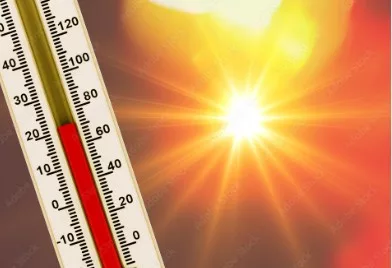
Heat Illness Prevention
Oregon-OSHA Requirements
Division 4, Subdivision J: Heat Illness Prevention
Oregon OSHA’s Heat Illness Prevention Program runs June 15 – September 30 of each year, and enforcement officers are expected to review employers’ plans to address heat exposure during this period.
The heat illness prevention rules are in effect anytime the heat index is 80°F or higher whether it falls in this time period or not.
Employers must comply with Oregon OSHA’s Heat Illness Prevention Standard by doing the following:
Employers must have a written plan on file that can be made available to employees upon request.
The plan must include the following:
- How employees will be trained on the hazards of heat exposure and the necessary steps to prevent heat-related illnesses.
- How to recognize the symptoms of dehydration, and how to respond to suspected heat-related illnesses in others.
- How sufficient amounts of cool, potable water in work areas will be provided.
- How employees will be provided frequent opportunities and encouragement to stay hydrated by drinking water.
- How employees will be provided sufficient space to rest in a shaded area or cool climate-controlled area, and where heat-affected employees may cool off and recover when signs and symptoms of heat-related illnesses are recognized.
- How the employer will implement the heat illness prevention rest break schedule when necessary to keep employees safe.
- How the employer will implement heat acclimatization procedures for new employees or employees returning to work from extended absences of seven or more days.
- Acclimatization (see below)
- Rest break schedule (see below)
Your written plan must also include an acclimatization plan that will allow employees to gradually adapt to working at sites where the heat index exceeds 80°F. Employers must choose between two options: use the CDC-recommended acclimatization plan or develop your own.
1. CDC-Recommended Acclimatization Plan
Employers can follow the acclimatization plan developed by the Centers for Disease Control and Prevention.

In addition, the level of acclimatization each individual worker reaches is relative to their initial level of physical fitness and the total heat stress experienced by the individual.
2. Employer-Designed Acclimatization Plan
Employers can develop their own acclimatization plan that addresses the following:
- Acclimated and unacclimated workers.
- The effects of clothing and personal protective equipment on adding to the heat burden of workers.
- The personal and environmental risk factors that put workers at a higher risk of heat-related illness.
- Re-acclimatizing workers as necessary, either due to changes in the weather or a worker spending more than seven days away from the job.
- The use and maintenance of auxiliary cooling systems such as water-cooled garments, air-cooled garments, cooling vests, and wetted overgarments.
Maintaining Acclimatization
Workers can maintain their acclimatization even if they are away from the job for a few days, such as when they go home for the weekend. However, if they are absent for a week or more then there may be significant loss in the benefits of adapting to the heat and they may need to gradually reacclimate to the heat.
Your written plan must also include a rest break schedule that you will follow when employees are exposed to a heat index 90°F or higher. Employers must choose only one of the following options:
Option A
Based on the following elements, rest breaks may need to be longer or more frequent than the base requirements: PPE being used, work clothing adding to heat retention, relative humidity, intensity of work being performed, and effects of working in direct sunlight. Option A is the minimum required rest break schedule for heat illness prevention rules.
Option B
This option follows the NIOSH work-rest schedule that is based on temperature, and the employer must do additional calculations to include humidity. Options A and C are based on heat index and already consider humidity, so they are more straightforward to implement. See Table 3.1 in Appendix A here.
Option C
This option uses the information contained in the NIOSH work-rest schedule at the heaviest workload calculation; no additional considerations must be made – just follow the table.
All emergency medical plans should also address heat illness prevention in the written plan, including the following:
- Common heat illness symptoms to look for in employees.
- How to respond to signs and symptoms of possible heat illness: first aid measures for heat illness and how to contact emergency medical services in the event of heat illness (call 911 or contact the onsite first aid person).
- If a supervisor observes signs or an employee reports symptoms of heat illness, the employee must be relieved from duty and provided with sufficient means to reduce body temperature (examples: cooling blankets, cooling vests, fans, etc.)
- If the signs or symptoms are indicators of severe heat illness (decreased level of consciousness, staggering, vomiting, disorientation, irrational behavior or convulsions), immediately implement emergency response procedures.
- An employee exhibiting symptoms of heat illness must be monitored and must not be left alone or sent home without being offered onsite first aid and/or being provided with emergency medical services in accordance with employer’s procedures.
- Contact emergency medical services if necessary, and if instructed to do so by medical professionals, transport employees to a place where they can be reached by an emergency medical provider.
- Ensure that, in the event of an emergency, clear and precise direction to the worksite is provided for first responders to quickly navigate to the location of the affected worker.
All employees must be trained annually in a language they can understand before they begin work at sites where the heat index will be 80°F or higher. Training must include:
- Environmental and personal risk factors for heat illness (including heat caused by exertion, clothing and PPE).
- Employer’s responsibility to provide water, daily heat index information, shade, rest breaks, how to report symptoms, access to first aid, and employees’ rights to exercise their rights without fear of retaliation.
- How to adapt to working in a hot environment.
- The importance of immediately reporting symptoms of heat illness observed in co-workers or themselves.
- The effects of personal factors – medications, alcohol use, obesity, health issues, etc. – on tolerance to heat stress.
- Main types of heat-related illnesses and their symptoms.
- The importance of frequent consumption of small amounts of water, up to 32 oz per hour.
Training Records
Employers must maintain records for heat illness training provided to employees in either written or electronic formats.
The most recent annual training record must be kept for 1 year.
Training record should include:
- Name or identification of each employee trained
- Date(s) of the training
- Name of person who conducted the training
Access to shade (natural or artificial).
- Shade should be located as close as practical to the work areas.
- Shade should be able to accommodate at least the number of employees on recovery, rest or meal periods so they have room to sit.
Available drinking water for each employee to consume 32 ounces per hour.
- The entire quantity of water per employee does not need to be supplied at the beginning of a shift; employers may have procedures to replace/add water throughout the shift as needed.
- Water must be cool or cold (35 – 77° F).
- Drinking water packaged as consumer product and electrolyte-replenishing drinks (sports drinks, etc.) that do NOT contain caffeine are acceptable substitutes, but should not completely replace the required water.
All requirements for 80°F or higher, AND the following:
Ensure communication by voice, observation, or electronic means is maintained so that employees can contact a supervisor when necessary:
- Cell phones and text messaging may be used if reception in the area is reliable.
Ensure employees are monitored for signs of heat illness using one (or more) of the following methods:
- Regular communication with employees working alone (radio, cellphone, or other alternative means).
- A mandatory buddy system.
- Other equally effective means of observation/communication.
Designate and equip 1+ employees at each site who can call for emergency medical services; allow employees to call when designated employee is not immediately available.
Additional rest breaks (following the schedule included in your written plan).
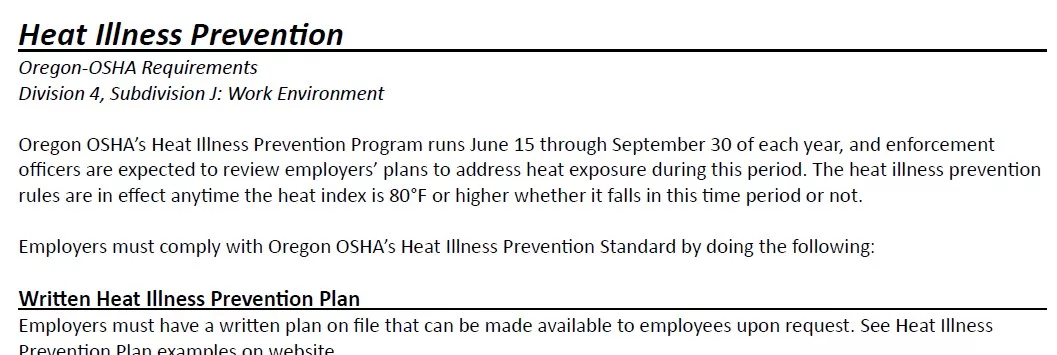
Printable Heat Illness Prevention Summary
A printable PDF summary of OR-OSHA’s heat illness prevention rules.

OR-OSHA Division 4 Rule Text: Heat Illness Prevention
Read OR-OSHA’s Division 4 rules about heat illness prevention.
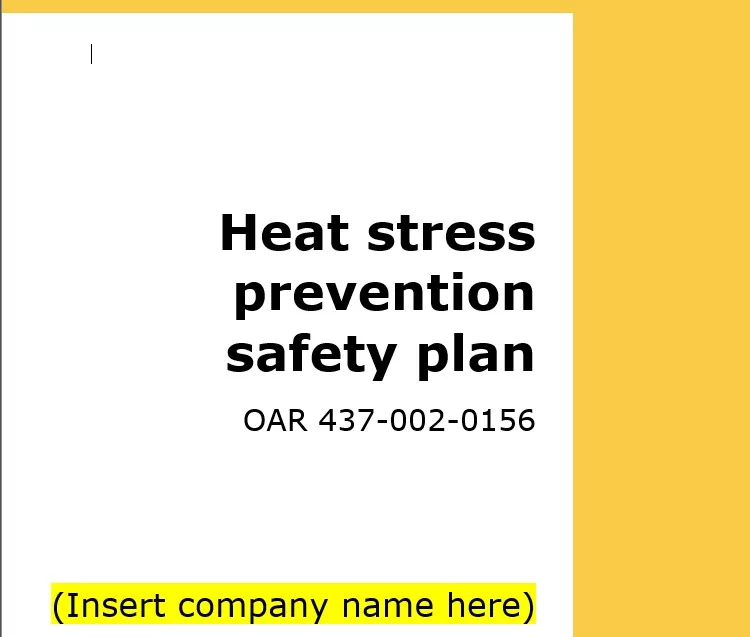
Heat Illness Plan Template - English
Use the SAIF template to create your own written heat illness prevention plan – English version.
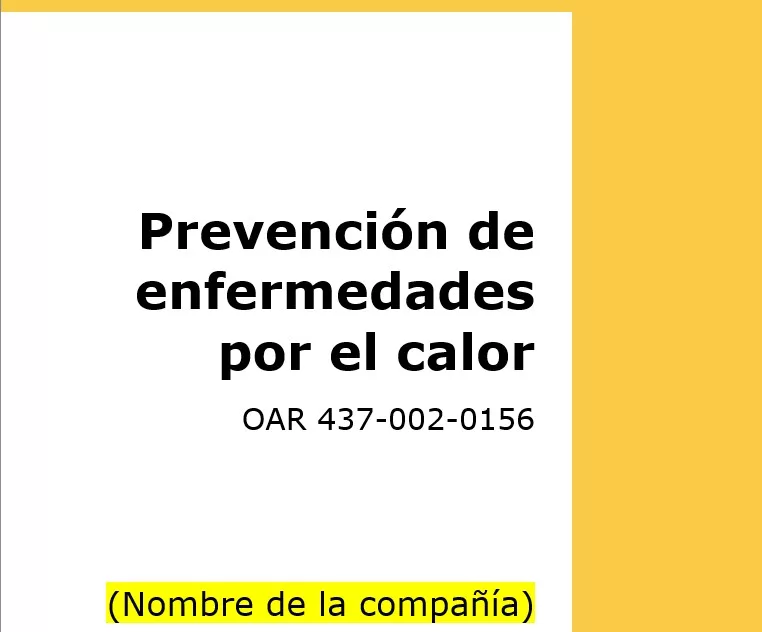
Heat Illness Plan Template - Spanish
Use the SAIF template to create your own written heat illness prevention plan – Spanish version.
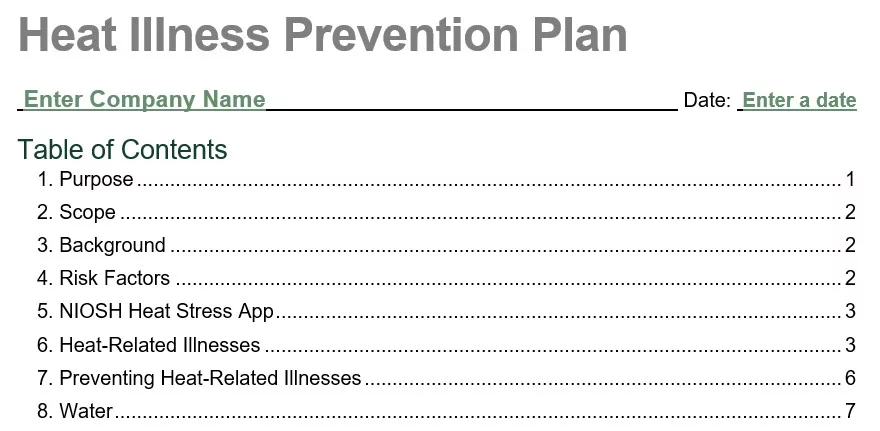
Heat Illness Plan Template
Use the OR-OSHA template to create your own written heat illness prevention plan.
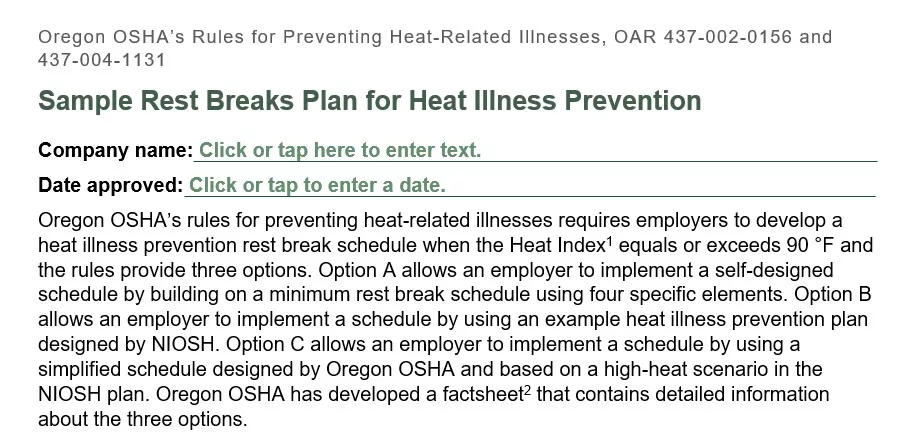
Heat Illness Rest and Acclimatization Sample Plans
Use the OR-OSHA template to create your own rest and acclimatization plans; this should be included in your written plan.
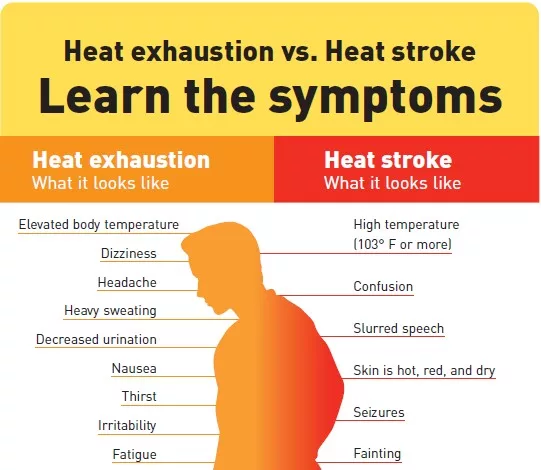
Heat Illness Symptoms Poster - English
SAIF Heat Illness Symptoms Poster shows heat exhaustion and heat stroke symptoms and actions to take – English version.
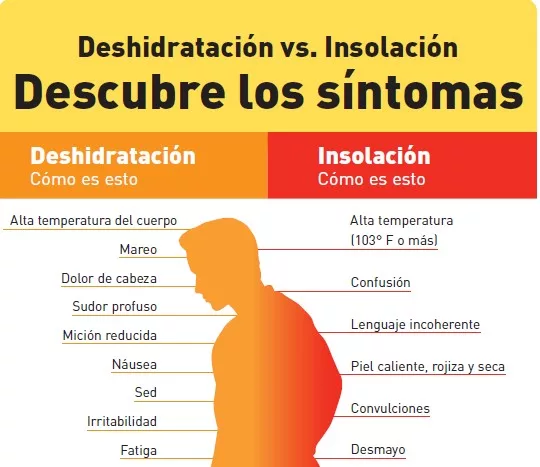
Heat Illness Symptoms Poster - Spanish
SAIF Heat Illness Symptoms Poster shows heat exhaustion and heat stroke symptoms and actions to take – Spanish version.
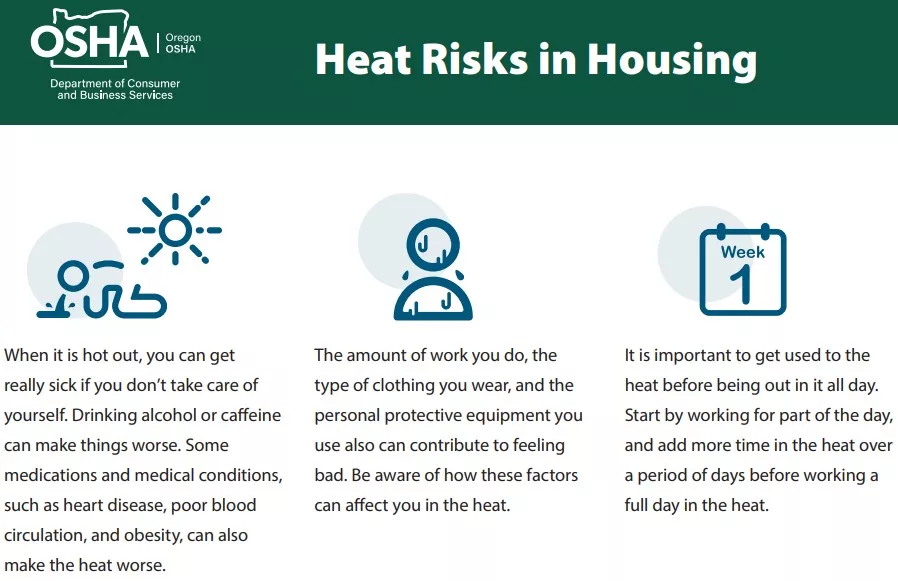
Heat Risks in Housing Poster - English
OR-OSHA Heat Risks in Housing Poster is required to be posted at all registered labor housing locations – English version.
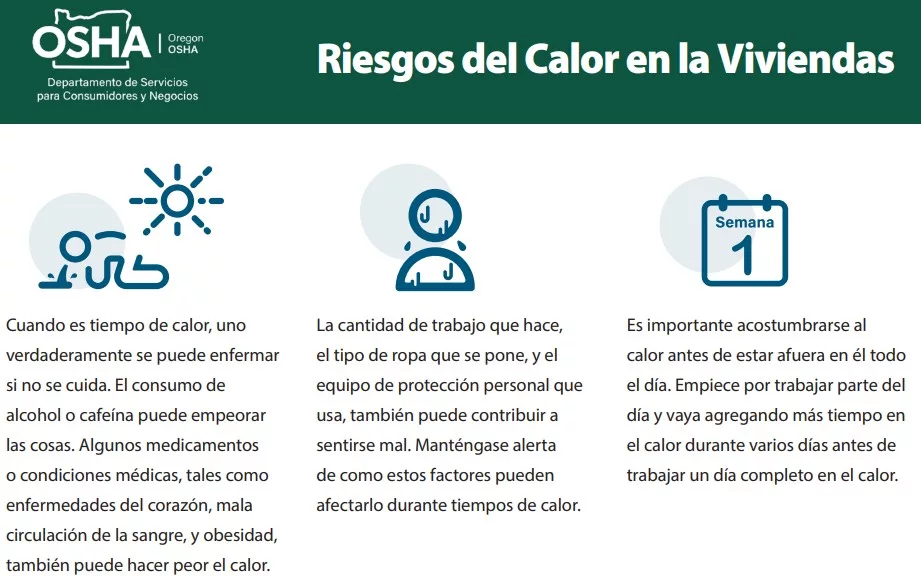
Heat Risks in Housing Poster - Spanish
OR-OSHA Heat Risks in Housing Poster is required to be posted at all registered labor housing locations – Spanish version.

